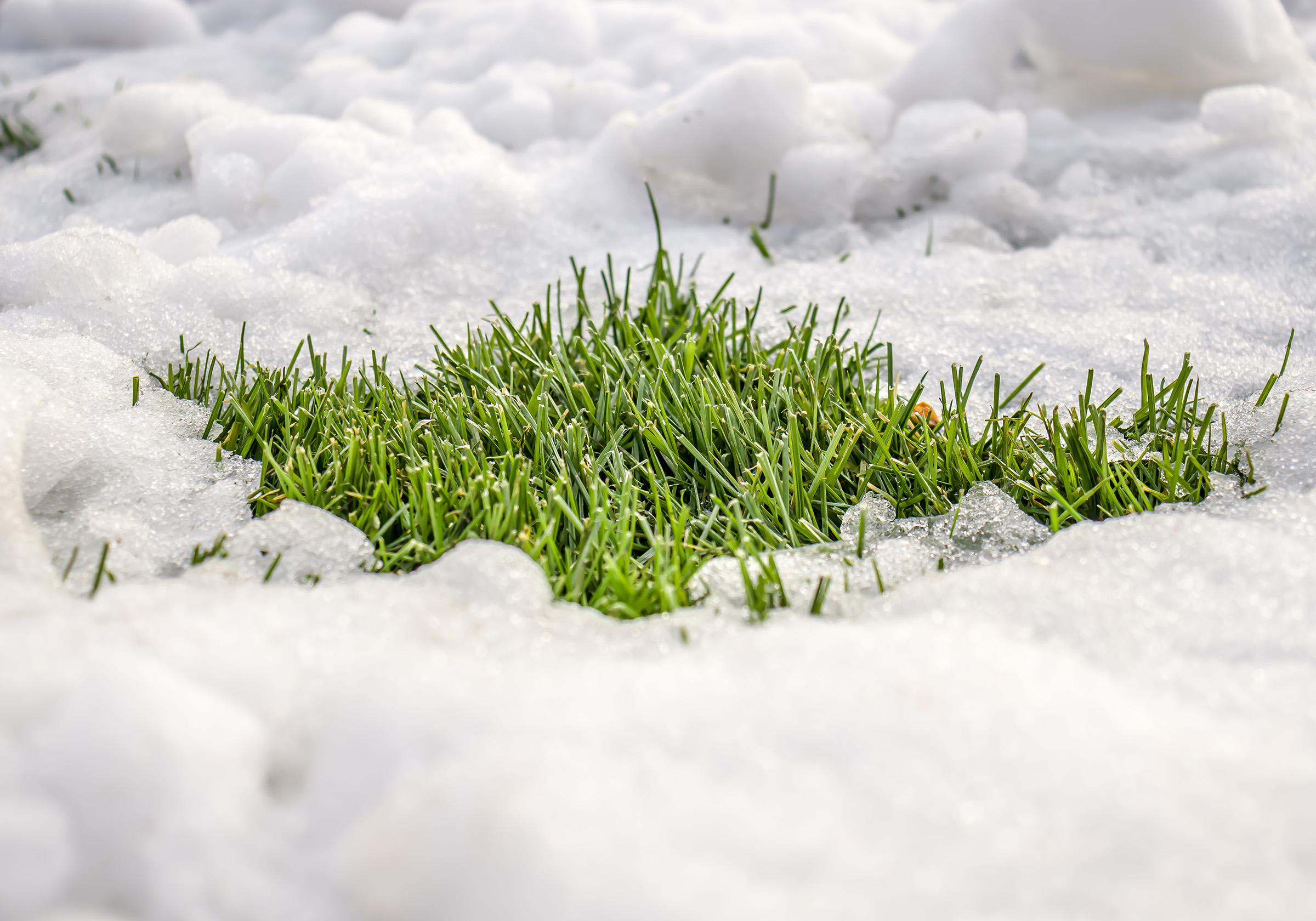Now that the snowy season has begun to fade across the state, it’s tempting to let your guard down. But melting snow, especially on the passes, brings with it some special hazards to be aware of and prepare for.
For example, did you know that melting snow increases the moisture in soil faster than rain does? It’s true, and all that water can saturate the root systems of trees, making them less stable than normal. Trees are more likely to topple and block roadways, creating traffic hazards. Falling trees can also down power lines, causing outages. Windy weather, which is common in Washington winters, only increases the chances trees will fall.
Saturated soil also increases the potential for mudslides and landslides. Washington is already one of the most landslide-prone states in the country, according to Washington’s Department of Natural Resources. Landslide risk is especially high after a heavy rainfall or rapid snowmelt.1
 Even though the snow is melting, it's still important to drive very carefully
Even though the snow is melting, it's still important to drive very carefully
Related:
Help Your Customers Protect their Homes with Smart Devices
Not all the snow will melt into the ground, of course. Much of it will end up on the roadways. There, it can turn to ice when overnight temperatures fall below freezing. In warmer areas, the water pools over roadways and increases the chances cars will hydroplane. Hydroplaning sounds fun, but it’s actually dangerous. Your car loses contact with the pavement, and you are effectively driving on water. In other words, you have no control over where your car is going or how fast it’s getting there.
If you’re planning a ski, snowboard or snowshoe trip, remember warming temperatures or high winds can set off deadly avalanches.2
What can you do to stay safe as the snow melts?
- Prepare for potential power outages by stocking up on supplies and keeping your critical devices charged.
- Check on your neighbors, especially if the power does go out, to ensure they’re safe and sound.
- Stay away from any downed power lines.
- When you’re driving, watch out for downed trees and standing water. Obey all road signs, including closures, and remember: Your car is not a flotation device. If you can’t see the road because it’s under water, don’t drive on it.
- If you are in or will be traveling to an avalanche-prone area, visit the Northwest Avalanche Center’s website to get the latest updates on avalanche risk. And remember that more snow, which many mountainous areas are forecast to get, further increases the chances of an avalanche.
[1] Washington State Department of Natural Resources, https://www.dnr.wa.gov/programs-and-services/geology/geologic-hazards/landslides
[2] CBC, https://www.cbc.ca/news/technology/what-causes-an-avalanche-1.1174101








